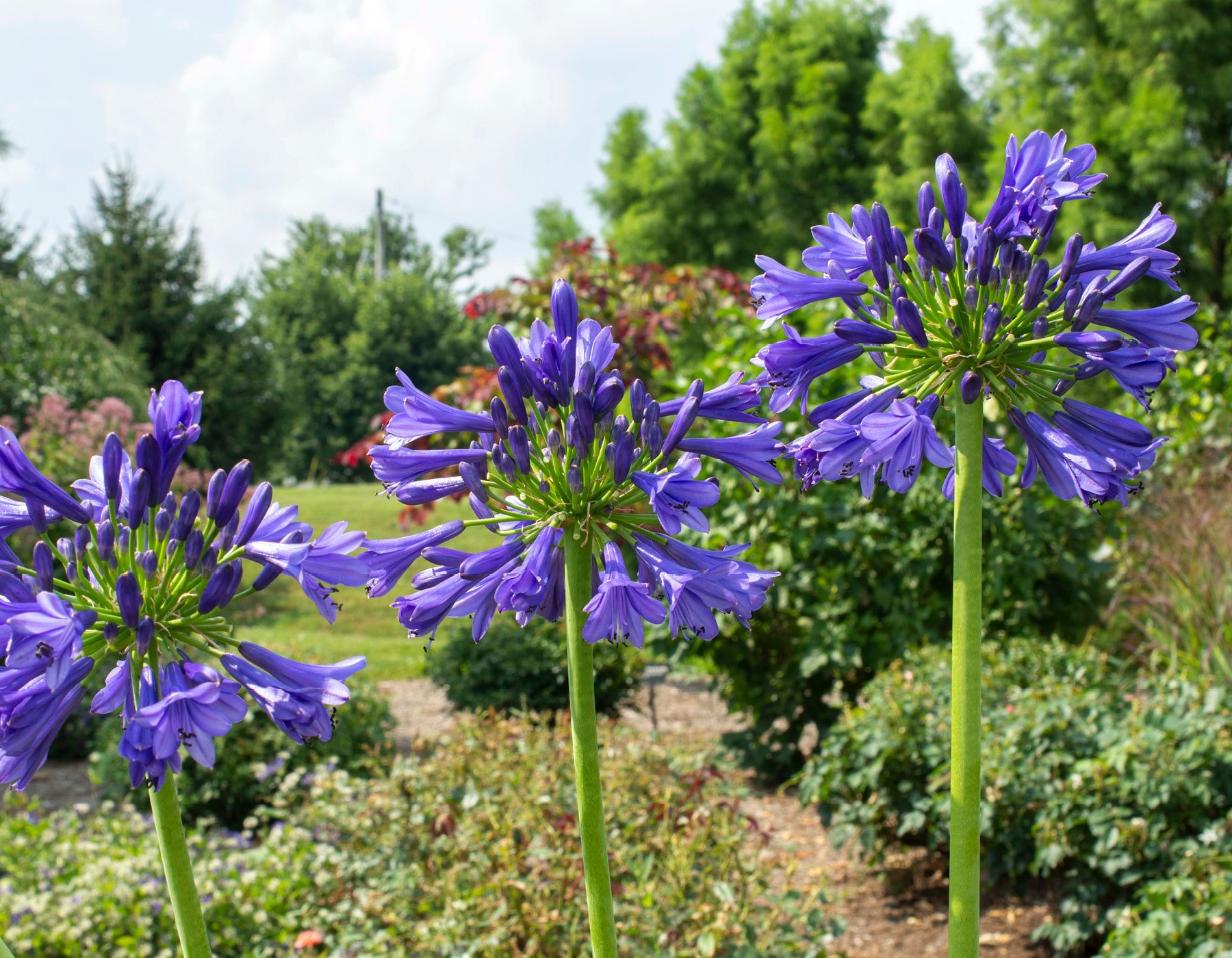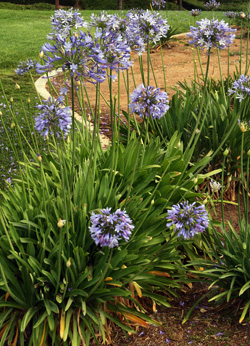Unleashing the Secret to Effective Agapanthus Growing: Tips and Techniques for a Flourishing Yard
In the realm of gardening, growing agapanthus successfully needs a calculated method that incorporates numerous aspects of plant care. By understanding the nuances of agapanthus cultivation, one can produce an atmosphere where these plants flourish and grow perfectly.
Growing Agapanthus: Finest Practices
When growing Agapanthus, correct dirt preparation is crucial for guaranteeing successful development and advancement of these beautiful blossoms. Agapanthus, commonly referred to as Lily of the Nile or African lily, flourishes in well-draining dirt with a somewhat acidic to neutral pH level - Agapanthus. Before planting, it is important to modify hefty clay soils with raw material such as garden compost or peat moss to boost drain and offer vital nutrients for the plants
To plant Agapanthus, select a location that gets complete sunlight to partial shade, as this will advertise healthy and balanced development and bountiful blooming. Dig a hole two times the diameter of the plant's root ball and position the Agapanthus at the very same depth it was formerly growing. Delicately backfill the opening with dirt, pressing down firmly to get rid of any kind of air pockets around the roots.
Water the recently grown Agapanthus extensively and remain to keep the soil evenly damp, particularly throughout the plant's active growing season. Agapanthus. Using a balanced plant food once a month can better sustain the plant's growth and flowering. By adhering to these best practices for planting Agapanthus, you can produce a magnificent display of these captivating flowers in your garden
Ideal Dirt Issues for Agapanthus
For ideal growth and blooming success of Agapanthus plants, guaranteeing the dirt problems are perfect is important. Agapanthus grows in well-draining soil with a somewhat acidic to neutral pH degree ranging from 6.0 to 7.0. This kind of dirt enables sufficient water drain, stopping waterlogging which can result in root rot. To enhance dirt water drainage, take into consideration including natural matter such as garden compost or peat moss when preparing the growing site. Moreover, Agapanthus prefers dirt that is rich in nutrients, so integrating a well balanced fertilizer during the growing season can advertise healthy and balanced development and vivid flowers.

Watering and Fertilizing Tips
To ensure healthy development and vibrant blossoms, correct watering and feeding methods are necessary for successful Agapanthus cultivation. Agapanthus plants benefit from routine watering, especially during the growing period.
When it concerns feeding Agapanthus, a balanced plant food with equal components nitrogen, phosphorus, and potassium can be used in the spring to advertise healthy growth and blooming. Slow-release plant foods are ideal for offering nutrients slowly over an extensive duration. Prevent over-fertilizing, as this can cause excessive vegetation development at the expense of blooms.
In addition, including raw material like garden compost right into the dirt can enhance nutrient degrees and improve dirt framework, assisting in the total wellness of the Agapanthus plants. By complying with these watering and fertilizing pointers, gardeners can guarantee their Agapanthus plants prosper and produce magnificent displays of blossoms.
Pruning and Deadheading Strategies
Correct trimming and deadheading methods play a vital role in keeping the health and looks of Agapanthus plants, complementing the crucial methods of watering and feeding for successful farming. Trimming Agapanthus involves getting rid of invested blossom heads, yellowing or dead leaves, and general shaping of the plant to advertise much better growth. Deadheading, the process of getting rid of discolored flowers, not just boosts the plant's look but likewise encourages further flowering.
When deadheading Agapanthus, it is advisable to clip off the flower stem at the base utilizing sharp, clean shears. This process reroutes the plant's energy from seed manufacturing back into root i was reading this and vegetation development, promoting a healthier and a lot more robust plant. Regular deadheading can prolong the blooming period of Agapanthus and stop self-seeding, which can cause overcrowding.
In terms of trimming, Agapanthus usually benefits from a light trim after flowering to clean up the plant and motivate fresh development. Reducing the invested blossom stems and getting rid of any damaged or dead foliage helps preserve the plant's vitality and overall look. Nonetheless, it is vital to stay clear of cutting into the crown of the plant, as this can deteriorate its health and wellness.

Protecting Agapanthus From Pests and Diseases
Carrying out effective parasite and condition management techniques is crucial to guarding the health and wellness and vigor of Agapanthus plants in farming. Agapanthus are normally durable plants, but they can still succumb various insects and diseases otherwise correctly taken care of. One typical insect that impacts Agapanthus is the Agapanthus borer, a caterpillar that tunnels right into the plant, causing damage to the blossoms and leaves. To stop infestations, regular evaluation of the plants is necessary. If borers are discovered, they can be manually gotten rid of, or insecticidal soap can hop over to here be made use of as a control step.
Along with insects, Agapanthus are at risk to conditions such click to investigate as root rot and fungal leaf spots. These problems can usually be protected against by guaranteeing appropriate water drainage and preventing overwatering. If indications of disease show up, influenced parts of the plant must be promptly eliminated to avoid more spread. Fungicides may likewise be used as a therapy procedure, adhering to the supplier's directions meticulously. By remaining attentive and addressing pest and illness concerns without delay, gardeners can help their Agapanthus prosper and flourish.

Final Thought
Finally, effective cultivation of agapanthus calls for proper planting techniques, excellent soil conditions, ample watering and feeding, routine pruning and deadheading, and security from insects and diseases. By following these ideas and tricks, gardeners can make sure a growing garden loaded with lovely agapanthus flowers. Agapanthus. Keep in mind to keep regular treatment and interest to information to promote the health and wellness and long life of these magnificent plants
When planting Agapanthus, correct soil prep work is important for guaranteeing effective growth and advancement of these stunning flowers.Water the freshly planted Agapanthus completely and continue to maintain the soil uniformly moist, specifically throughout the plant's energetic growing period.For optimum growth and growing success of Agapanthus plants, ensuring the soil conditions are excellent is critical. When growing or hair transplanting Agapanthus, guarantee the soil is well-prepared to provide the needed structure for the plants to develop themselves effectively. One common parasite that impacts Agapanthus is the Agapanthus borer, a caterpillar that passages right into the plant, triggering damage to the leaves and flowers.